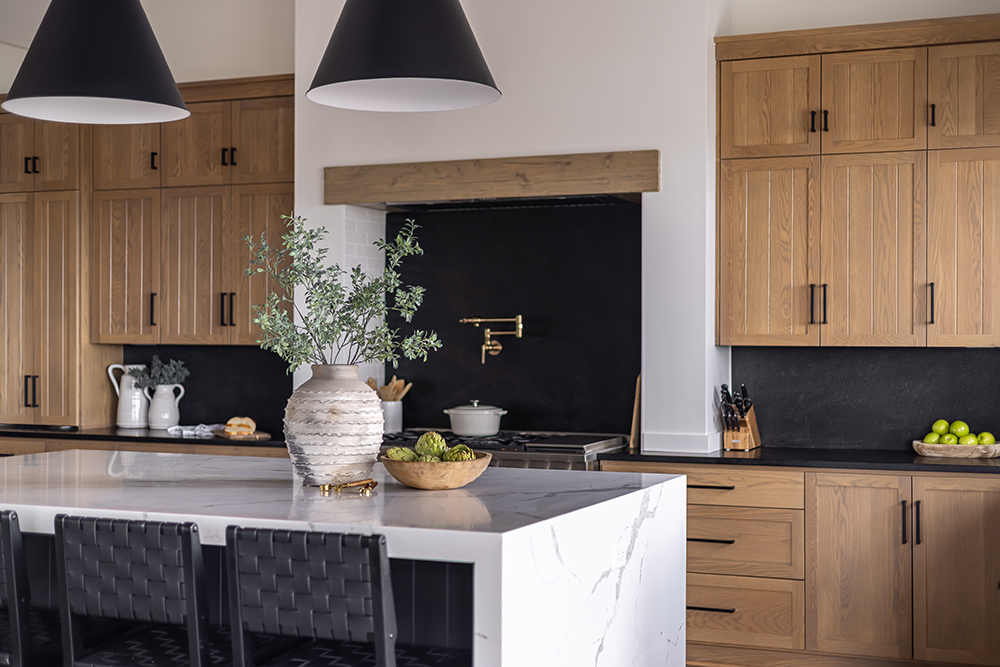Homeownership can be a rewarding investment, but the upfront costs are one of the biggest barriers to buying a home. Many people believe they need tens of thousands of dollars to purchase a property, but much more affordable options may exist. Here’s an overview of just how much cash you may need to buy a home.
Standard upfront costs
The upfront costs of buying a home fall into two categories: the down payment and the closing costs.
Your down payment is the portion of the home’s purchase price you pay upfront. To qualify for a mortgage to finance your purchase, your lender will typically require a specific minimum down payment. Traditionally, many people paid 20% down on their mortgages. Today, however, popular mortgage programs offer down payment minimums as low as 10%, 3% or even 0%. On a $250,000 home, a 3% down payment would be $7,500.
Your closing costs are the fees you pay at the closing of your home purchase transaction. Your exact costs will vary based on the location, property type and loan for your purchase. Typically, you can expect to pay 2% to 5% of a home’s purchase price in closing costs. Using 3% as an example once again, the closing costs on a $250,000 home would be $7,500.
Therefore, without any special assistance or programs, a typical homebuyer might expect to buy a $250,000 home with as little as $15,000 upfront.
Reduced upfront costs
If the numbers in the section above sound too steep for your budget, there’s good news. Several options exist that may allow you to drastically reduce your upfront homebuying costs. Here are the major ones:
- Down payment assistance (DPA): Through your mortgage lender, you may qualify for a down payment assistance program that provides funds to cover some or all your down payment and closing costs. These funds may need to be repaid as a loan, or the assistance may be forgiven if you fulfill certain requirements, such as living in your home for a specific number of years. DPA programs vary by state and region, and they may be restricted to certain types of homebuyers (such as first-time buyers) and may have income and loan amount limits.
- Closing cost credits: Another alternative to paying your upfront closing costs is to ask your lender or the home’s seller to pay them for you instead. If they agree, you will typically need to accept a higher loan amount or interest rate from your lender or a higher purchase price for the seller, which would result in a larger monthly mortgage payment. However, the tradeoff can be worthwhile if it helps you get into a home sooner.
- Gift funds: These are funds that are gifted to you by a family member or other eligible connection for your home purchase. While this practice isn’t allowed on all mortgages, it can be a valuable way to help cover your down payment or closing costs.
Conclusion
In summary, while the typical upfront costs to buy a home fall into the 5-figure range, some homebuyers may qualify to buy with little or no cash down. Generally, first-time homebuyers, military veterans and buyers of rural homes are most likely to qualify for the lowest upfront costs. However, options for reducing out-of-pocket expenses are available to virtually every creditworthy borrower.
The most important takeaway is that you should never assume a home purchase is out of your reach until you speak with a mortgage professional. While there is no magic formula to tell you your exact upfront costs before you select a home and a loan, we can create an estimate for you. If you’re interested in buying a home, get in touch for your free mortgage consultation and homebuying budget estimate.
Programs included in this article are subject to approval based on individual program guidelines, borrower’s credit and underwriting approval, acceptable appraisal and clear title. Contact your Draper and Kramer Mortgage Corp. professional for full program details and requirements.

